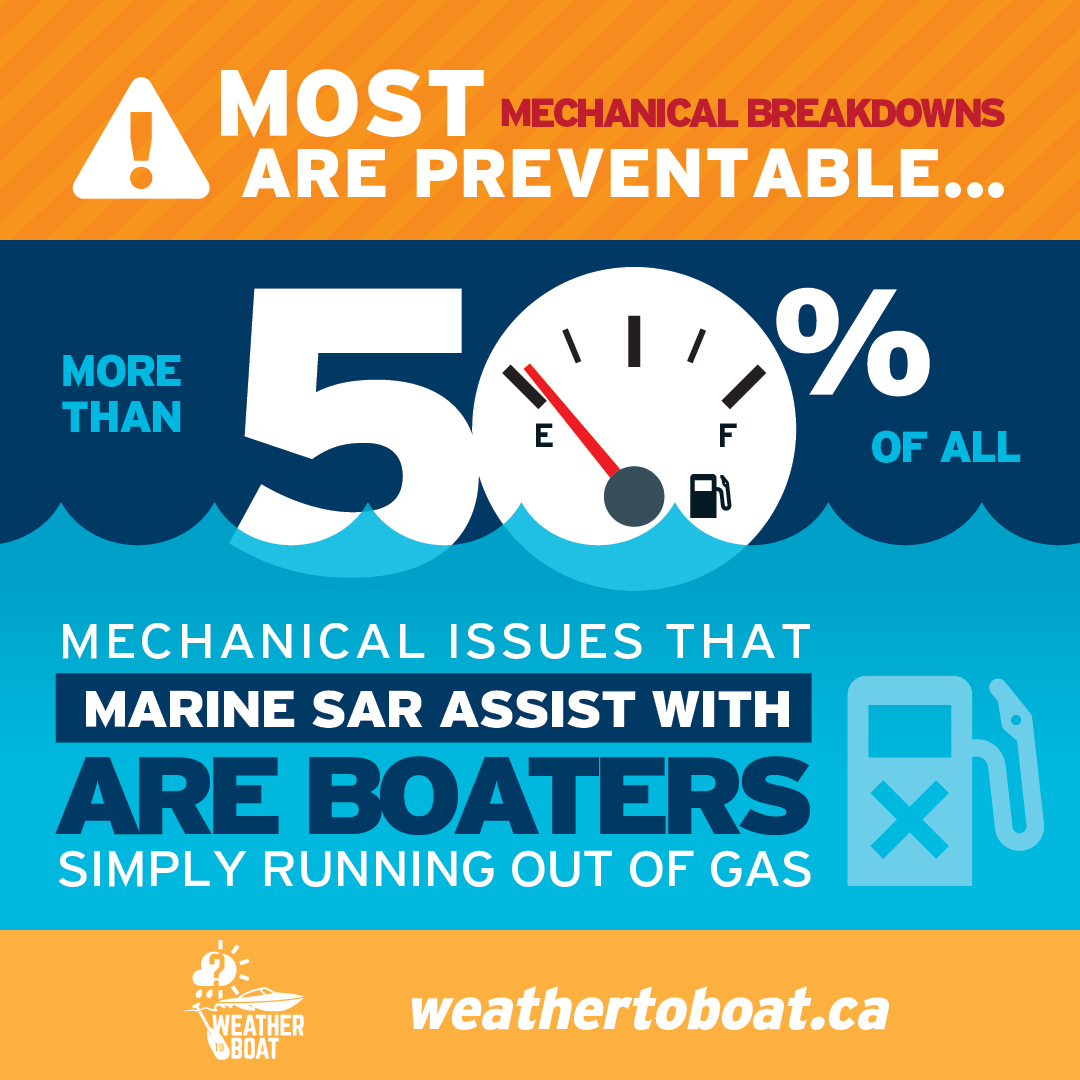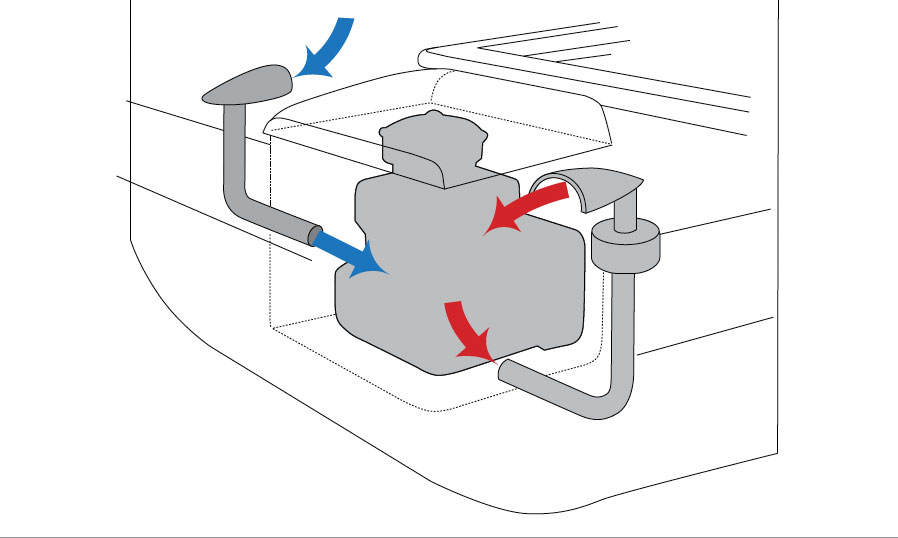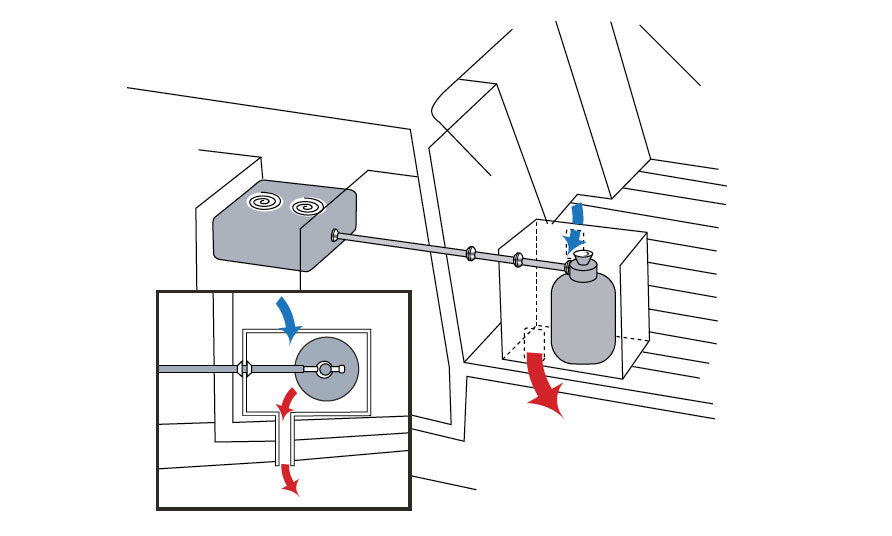Fuel Safety
Fuel Safety
Leaking or spilled fuel not only harms the marine environment but presents a fire hazard. Follow these steps when fuelling — it is the safe thing to do and it is the law.
-
Moor your boat securely to prevent spills.
-
Shut off all engines.
-
Send guests ashore.
-
Put out all open flames.
-
Do not smoke.
-
Turn off electrical switches and power supplies.
-
Do not use electrical devices such as portable radios.
-
Close all windows, portholes, hatches and cabin doors.
-
Remove portable tanks from the vessel before refuelling.
-
Ground the nozzle against the filler pipe.
-
Know how much fuel your tank can hold and do not overfill it — you have a duty to prevent fuel leaks and spills into your boat’s hull and the water.
-
Wipe up spills and dispose of the used cloth or towel in an approved container.
-
Run the engine compartment blower for at least four minutes immediately before starting the gasoline engine.
-
Check for vapours from the engine compartment before you start up the engine
New environmental laws affecting diesel fuel mean frequent changes to the type of diesel available at the pump. Follow the safety instructions provided by fuel suppliers, as well as your boat’s engine and system user manuals.

BE AWARE OF CARBON MONOXIDE DANGERS
Carbon monoxide (CO) is a deadly gas you cannot see, smell or taste. CO comes in through your lungs and cuts off the oxygen supply to your body, causing death in minutes. Be alert! Symptoms include headaches, nausea and fatigue – but you might think
you are just seasick or have the flu.
CO can come from anything that burns a carbon-based fuel (gasoline, propane, charcoal, oil, etc.) such as engines, gas generators, cooking ranges, heaters, etc. CO acts a lot like air. It does not rise or fall, but spreads evenly throughout an enclosed
space.
Here are some tips to help protect yourself and others from CO poisoning:
-
Idle your engine only in well-ventilated areas. A tail wind can easily carry CO back on board.
-
Heat the cabin in a well-ventilated area.
-
Cook in a well-ventilated area.
-
Make sure that cabin extensions and areas fitted with canvas tops are well ventilated.
-
Use only fuel-burning engines or appliances that are certified or designed for marine use and make sure to use them in well-ventilated areas only.
-
Use a marine-grade CO detector and check its batteries before every trip.
Be aware that CO can build up when:
-
two vessels are tied to each other;
-
you are docked alongside a seawall;
-
exhaust gases enter the space between pontoons;
-
your load causes the bow to ride high; or
-
a fuel-burning appliance or engine is running while your vessel is not moving.
RAPPELEZ-VOUS : Carbon monoxide (CO) is not just a risk to boaters. Swimmers too can be overcome by breathing CO and drown in just minutes! Areas of high risk are under swim platforms and between the pontoons of houseboats.
REDUCE THE RISKS OF EXPLOSION
Fuel-Burning Appliances
Typical ventilation system

Typical propane installation with ventilation

Gas vapours and leaking propane and butane are heavier than air and will quickly flow into the lower parts of your boat. They are very hard to remove and are
highly explosive. On board appliances that run on propane or butane may present more risk than gasoline.
Here are some tips for using propane and butane safely:
-
Use appliances and systems designed for marine use.
-
Ask a qualified technician to install, maintain or repair your appliance/system according to the manufacturer’s instructions and the marine standards.
-
Use a fuel-burning appliance only in well-ventilated areas.
-
Secure portable appliances and heaters so that unexpected movement does not cause a leak.
-
Secure gas cylinders and tanks in an area with good ventilation.
-
Always have someone paying attention to an open-flame heating, cooking or refrigeration system.
Ignition Protection
Every boat that has a gasoline engine or uses propane devices must have ignition-protected electrical devices. These parts are designed and made so that, under normal conditions, they will not ignite gasoline or propane fumes or vapour. This protection
prevents sparks from escaping during use. Only use electrical components that are clearly labeled as ignition protected.
Many older boats, and even some new ones, have been fitted with converted car or truck engines. If you are not sure that your engine has ignition-protected parts in it, have a certified marine technician look at it and tell you if a replacement
part (or related work done to the engine) has put the engine’s ignition protection, and you, at risk.